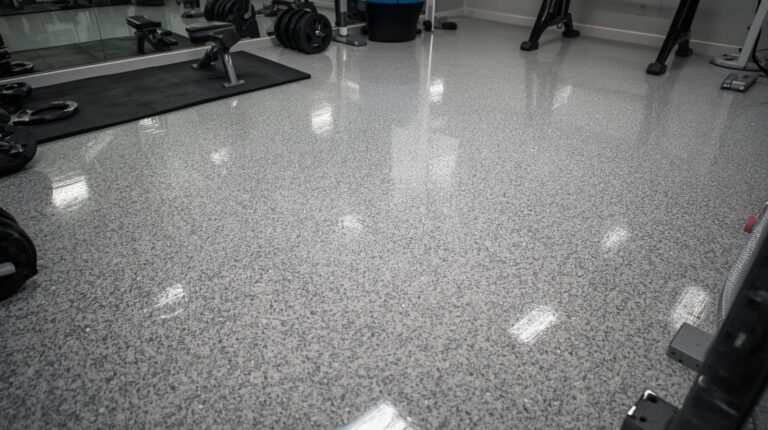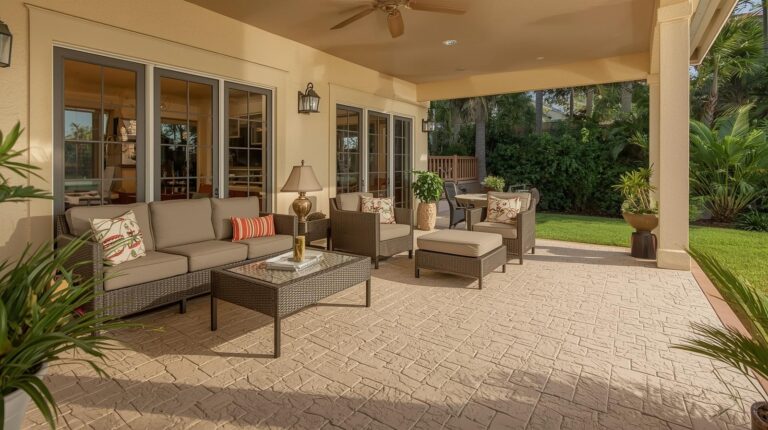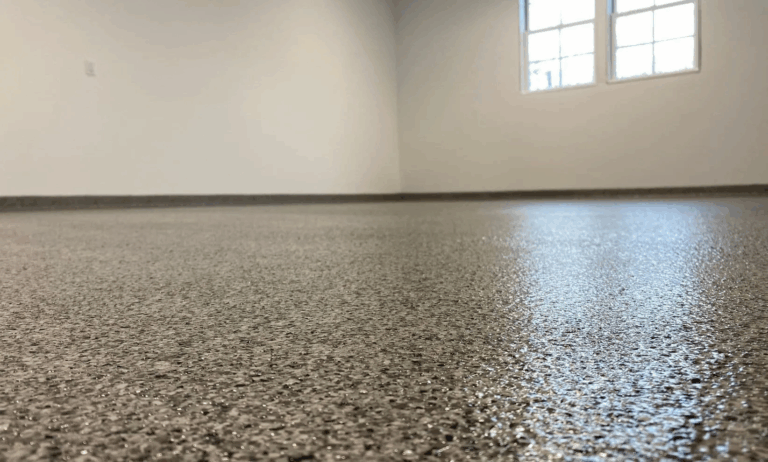Complete the Form to Save Up to $600!
When planning a renovation or new installation, choosing the right material for your concrete surfaces can significantly impact both the aesthetics and functionality of your space. Concrete Science Services LLC, specialists in microtopping applications, provides insights into the differences between microtopping and traditional concrete to help you determine which option is best suited for your project.
Composition and Application
Microtopping is a polymer-modified cementitious coating that can be applied thinly over existing concrete surfaces to provide a new, smooth finish. This material is known for its versatility and can be applied as thinly as 1/8 inch. Traditional concrete, on the other hand, is a mixture of cement, water, and aggregates that is typically used in thicker applications and requires new pouring.
Aesthetic Flexibility
One of the significant advantages of microtopping is its aesthetic versatility. It offers a range of finishes from smooth and polished to textured, and it can be tinted in a variety of colors or even have patterns stenciled into it. Traditional concrete is more limited aesthetically, generally requiring additional treatments like staining or stamping to enhance its appearance.
Installation and Curing Time
Microtopping can be a more convenient choice for renovation projects because it can be applied directly over old concrete without the need for removal, provided the existing surface is stable. It also cures faster than traditional concrete, often being ready for foot traffic within 24 to 48 hours. Traditional concrete installations are more labor-intensive and require longer curing times, which can disrupt project timelines.
Durability and Maintenance
While traditional concrete is extremely durable under heavy loads and is well-suited for high-traffic areas, microtopping provides a durable and wear-resistant surface that is ideal for both interior and exterior applications. Both materials require sealing and regular maintenance to maximize their lifespan, but microtopping can be easier to repair or refinish due to its layered application process.
Cost Considerations
Initial costs for microtopping may be higher than traditional concrete due to the materials and specialty installation techniques required. However, the ability to apply microtopping over existing concrete can reduce demolition and preparation costs significantly. Traditional concrete might be less expensive initially, but the costs of preparation, pouring, and finishing, as well as potential removal of existing surfaces, can add up.
Environmental Impact
Microtopping is considered more environmentally friendly than traditional concrete because it extends the life of existing concrete surfaces without the need for demolition and disposal. Additionally, the materials used in microtopping are often lower in volatile organic compounds (VOCs), contributing less to environmental pollution.
Making the Right Choice
Choosing between microtopping and traditional concrete depends on several factors, including your project’s specific needs, aesthetic goals, budget, and timeline. Concrete Science Services LLC can provide expert guidance in selecting the right material for your project, ensuring that you achieve the desired outcome with the benefits that best suit your requirements. Whether you choose the innovative microtopping approach or opt for traditional concrete, both materials offer distinct advantages that can enhance the value and functionality of your property.



